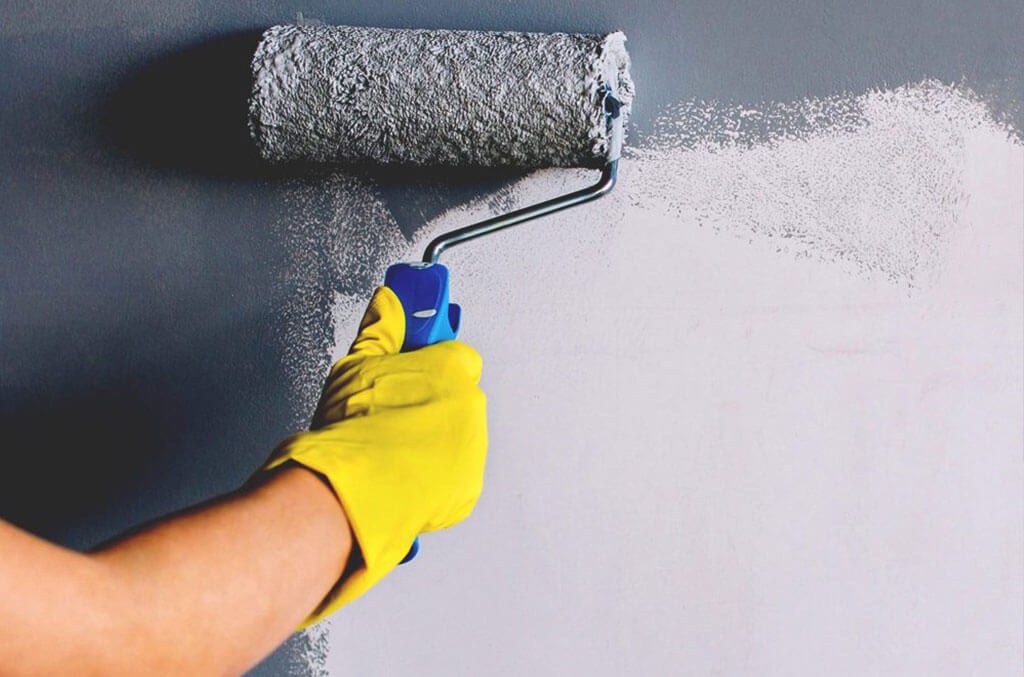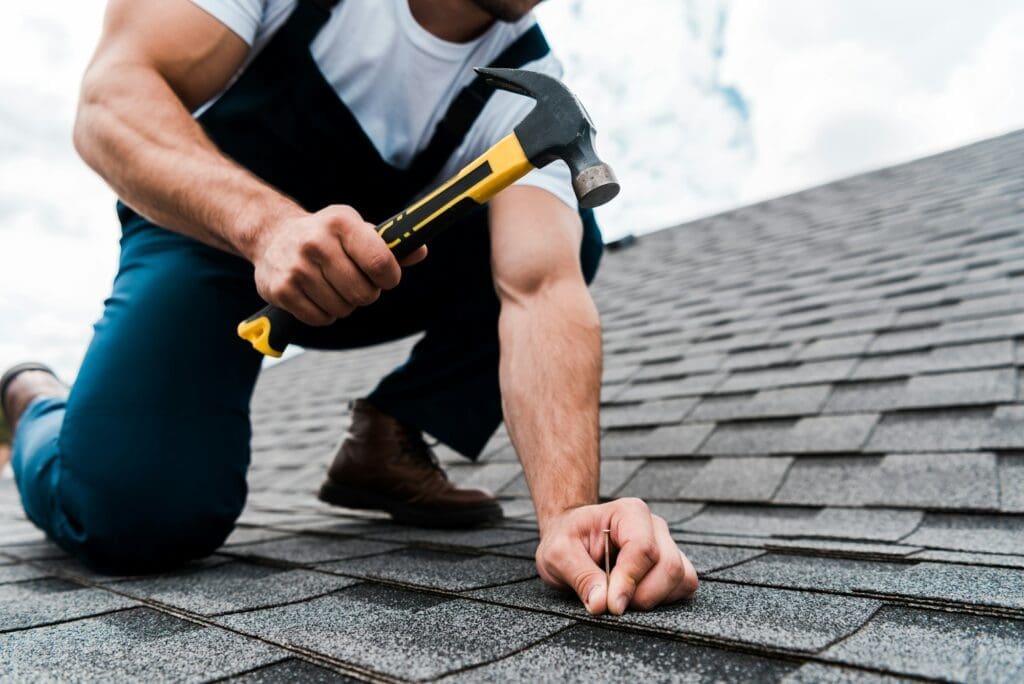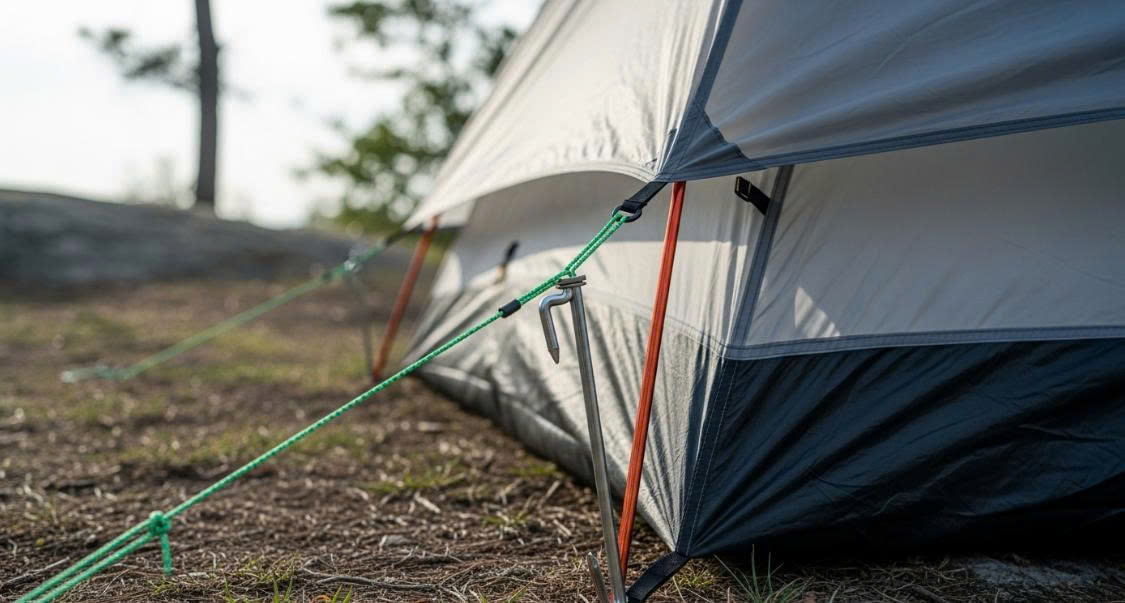Homeownership comes with the rewarding task of keeping your property in top condition. House maintenance is essential for preserving your home’s value, ensuring safety, and maintaining comfort. However, one of the biggest dilemmas homeowners face is deciding which maintenance tasks they can handle themselves and when it’s time to call in a professional. While DIY projects can save money and build confidence, some tasks require the expertise, tools, and safety measures that only licensed professionals can provide. This comprehensive guide explores the world of DIY versus professional house maintenance, offering practical examples, tips for success, and advice on when to seek expert help. By understanding the balance between DIY and professional work, you can keep your home in excellent shape without breaking the bank or compromising safety.
Why the DIY vs. Professional Decision Matters
Choosing between DIY and professional maintenance is more than just a question of cost—it’s about safety, efficiency, and long-term results. DIY projects can be empowering, allowing you to save money and learn new skills. However, attempting complex tasks without proper knowledge or tools can lead to costly mistakes, safety hazards, or even legal issues if local building codes are violated. On the other hand, professionals bring expertise, specialized equipment, and warranties that ensure the job is done right. Knowing which tasks suit your skill level and when to call in the pros can make all the difference in maintaining your home effectively.
DIY House Maintenance Tasks
Many maintenance tasks are well within the reach of homeowners with basic tools, a bit of research, and some patience. Here are some common DIY projects, along with tips to ensure success:
1. Painting Interior and Exterior Surfaces
Painting is one of the most accessible DIY tasks, offering a cost-effective way to refresh your home’s appearance. Whether it’s a bedroom wall or an exterior fence, painting can dramatically improve aesthetics and protect surfaces.

- What You’ll Need: Paint, primer, brushes, rollers, painter’s tape, drop cloths, and a ladder for exterior work.
- Tips for Success: Clean surfaces thoroughly before painting, use high-quality paint for durability, and apply primer for better adhesion. Watch online tutorials for techniques like cutting in edges or avoiding streaks.
- Cost Savings: Professional painters charge $1.50–$4 per square foot, while DIY painting costs primarily involve materials ($50–$200 for a room).
Read more: Saving Home: Free Repair Programs for Seniors on Fixed Incomes
2. Basic Plumbing Repairs
Simple plumbing issues, like fixing a leaky faucet or unclogging a drain, are manageable for most homeowners with minimal tools.
- What You’ll Need: Adjustable wrench, replacement washers or cartridges, plumber’s tape, and a plunger or drain snake.
- Tips for Success: Always turn off the water supply before starting. For faucets, replace worn washers or cartridges, and for clogs, try a plunger or a mixture of baking soda and vinegar before resorting to chemical cleaners.
- Cost Savings: A plumber might charge $100–$200 for a simple fix, while DIY materials cost $5–$30.
3. Cleaning and Maintaining Gutters
Clogged gutters can lead to water damage, making regular cleaning a critical DIY task.
- What You’ll Need: A sturdy ladder, gloves, a trowel, and a bucket.
- Tips for Success: Work on a dry day, secure the ladder, and scoop out debris carefully. Consider installing gutter guards to reduce future maintenance.
- Cost Savings: Professional gutter cleaning costs $100–$250, while DIY requires only your time and basic tools.
4. Patching Drywall
Small holes or cracks in drywall are easy to fix and can prevent further damage.
- What You’ll Need: Spackle, putty knife, sandpaper, and matching paint.
- Tips for Success: Apply spackle in thin layers, sand smooth, and repaint to blend. For larger holes, use a patch kit for added support.
- Cost Savings: Professionals charge $150–$300 for small repairs, while DIY materials cost $10–$50.
5. Lubricating Doors and Windows
Squeaky hinges or sticky windows can be fixed quickly with minimal effort.
- What You’ll Need: WD-40 or silicone lubricant, a rag, and a screwdriver for minor adjustments.
- Tips for Success: Apply lubricant sparingly and wipe away excess. Tighten loose screws on hinges to improve alignment.
- Cost Savings: This task is so simple that professionals rarely charge for it alone, but DIY costs are under $10.
When to Call a Professional
While DIY projects are great for simple tasks, some maintenance requires the expertise, safety protocols, and tools of a professional. Attempting these tasks yourself can lead to injury, damage, or code violations. Here are key areas where professionals are essential:
1. Electrical Work
Electrical systems are complex and dangerous, requiring licensed electricians for most repairs or installations.
- Examples: Rewiring, installing new circuits, upgrading electrical panels, or fixing faulty breakers.
- Why Professionals?: Electrical work carries risks of shocks, fires, or code violations. Licensed electricians ensure safety and compliance with local regulations.
- Cost: $100–$500 for minor repairs; $1,000+ for major projects like panel upgrades.
2. Roof Repairs and Replacement
Roof maintenance, such as replacing shingles or fixing leaks, is best left to professionals due to the risks and complexity involved.
- Examples: Repairing storm damage, replacing a roof, or addressing persistent leaks.
- Why Professionals?: Roof work requires specialized safety equipment, knowledge of materials, and expertise to prevent water damage. Professionals also offer warranties.
- Cost: $300–$1,000 for minor repairs; $5,000–$15,000 for roof replacement.

Read more: How to Get a New Roof for Free: A Guide for Seniors and Homeowners
3. Major Plumbing Issues
Complex plumbing problems, like sewer line repairs or water heater replacements, require professional skills and tools.
- Examples: Fixing sewer backups, replacing water heaters, or repairing burst pipes.
- Why Professionals?: These tasks often involve heavy equipment, permits, or health risks (e.g., exposure to sewage). Professionals ensure long-term fixes.
- Cost: $200–$1,500, depending on the issue.
4. Structural Repairs
Any work involving your home’s foundation, load-bearing walls, or framing should be handled by professionals.
- Examples: Fixing foundation cracks, reinforcing walls, or repairing termite damage.
- Why Professionals?: Structural issues affect your home’s stability and safety. Professionals use engineering expertise and comply with building codes.
- Cost: $500–$10,000, depending on the severity.
5. HVAC System Maintenance
Heating, ventilation, and air conditioning systems require regular professional servicing to operate efficiently.
- Examples: Servicing furnaces, cleaning AC coils, or repairing ductwork.
- Why Professionals?: HVAC systems are complex, and improper handling can reduce efficiency or cause breakdowns. Annual tune-ups prevent costly repairs.
- Cost: $100–$300 for routine maintenance; $1,000+ for major repairs.
Tips for Successful DIY Maintenance
To ensure your DIY projects are safe and effective, follow these guidelines:
- Research Thoroughly: Watch tutorials or read guides before starting. Websites like YouTube or home improvement blogs are great resources.
- Use the Right Tools: Invest in quality tools to make tasks easier and safer. A basic toolkit (hammer, screwdrivers, wrench, etc.) is a good start.
- Know Your Limits: If a task feels overwhelming or requires specialized knowledge, don’t hesitate to call a professional.
- Prioritize Safety: Wear protective gear (gloves, goggles), use stable ladders, and turn off power or water when necessary.
- Check Local Codes: Some DIY projects (e.g., installing a new outlet) may require permits. Check with your local building authority.
How to Choose a Professional
When hiring a professional, take these steps to ensure quality work:
- Verify Credentials: Choose licensed, insured contractors with good reviews. Check platforms like Angie’s List or local trade associations.
- Get Multiple Quotes: Compare at least three estimates to ensure fair pricing.
- Ask for References: Request examples of past work or customer testimonials.
- Request a Written Contract: Ensure the scope of work, timeline, and costs are clearly outlined.
- Check Warranties: Reputable professionals offer warranties on labor and materials.
Balancing DIY and Professional Maintenance
The key to effective house maintenance is finding a balance between DIY and professional work. Start with small, low-risk tasks to build confidence, such as painting or cleaning gutters. As you gain experience, you can tackle more complex projects like basic plumbing or drywall repairs. However, always prioritize safety and quality over cost savings. For tasks involving electricity, structural integrity, or major systems, hiring a professional is a wise investment. Creating a maintenance schedule can help you stay organized, combining DIY tasks (e.g., monthly gutter checks) with professional services (e.g., annual HVAC tune-ups).
Conclusion
House maintenance doesn’t have to be overwhelming if you know when to roll up your sleeves and when to call in the experts. DIY tasks like painting, basic plumbing, and gutter cleaning can save money and build skills, while professional services for electrical, roofing, and structural work ensure safety and durability. By understanding your capabilities and the complexity of each task, you can keep your home in top condition while staying within budget. Start with a simple DIY project today, and schedule a professional inspection for critical systems to ensure your home remains a safe, comfortable haven for years to come.

.png)
.png)




.jpg)
.jpg)






